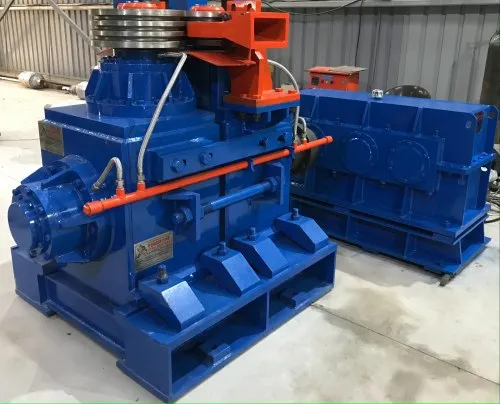Hot rolling is a metalworking process used to shape and deform steel at temperatures above its recrystallization point. This process involves passing preheated steel through a series of rollers in a rolling mill to reduce thickness, alter the cross-sectional area, and improve mechanical properties. The steel is heated to make it malleable and is then subjected to compressive forces between rollers, resulting in plastic deformation. The cooled, hot-rolled steel is subsequently cut or coiled for further processing, producing a range of products such as sheets, plates, bars, rebars, wire and structural sections. Hot rolling enhances mechanical properties, including strength and ductility, making it a crucial step in steel manufacturing for various industries.
Hot Rolling
Sheet, Plate, Bar, Rebar, Wire, Section
Hot Rolling Mill for Long/Flat Products:
Reheating Furnace
Reheating furnace is a crucial component designed to raise the temperature of steel billets or slabs before they enter the rolling process. This furnace plays a key role in making the steel more malleable, reducing its strength, and allowing for plastic deformation during rolling. The reheating furnace typically operates at temperatures above the recrystallization point of the steel, typically between 1,100 to 1,300 degrees Celsius. Efficient reheating is essential to ensure uniform temperature distribution and optimal workability of the steel during the subsequent hot rolling process.
Rolling Mill Stands
Hot rolling stands are crucial components in a hot rolling mill, responsible for shaping and reducing the thickness of heated steel between sets of rollers. The stands are organized in series and typically include:

Roughing Stands
– Initial set of stands that perform the primary reduction of the steel’s thickness.
– Each roughing stand gradually decreases the size of the material.

Intermediate Stands
– Follow the roughing stands and continue to reduce the thickness of the steel.
– Intermediate stands provide further shaping and elongation of the material.

Finishing Stands
– The final set of stands that achieve the desired dimensions and surface finish of the hot-rolled steel.
– Finishing stands impart the final shape to the product.
The arrangement and number of stands depend on the specific requirements of the final product. The combination of roughing, intermediate, and finishing stands allows for precise control over the shaping and dimensions of the hot-rolled steel. Each stand exerts compressive forces on the steel, contributing to plastic deformation and grain refinement. The hot rolling stands collectively enable the production of various steel products such as sheets, plates, bars, and structural sections.
Cooling
The cooling process in a hot rolling mill is a critical step that follows the hot rolling of steel to prevent excessive stresses, enhance mechanical properties, and achieve the desired final product characteristics.
The controlled cooling process for long products, such as rebar, bars, and sections, takes place in the cooling bed section of the hot rolling mill.
